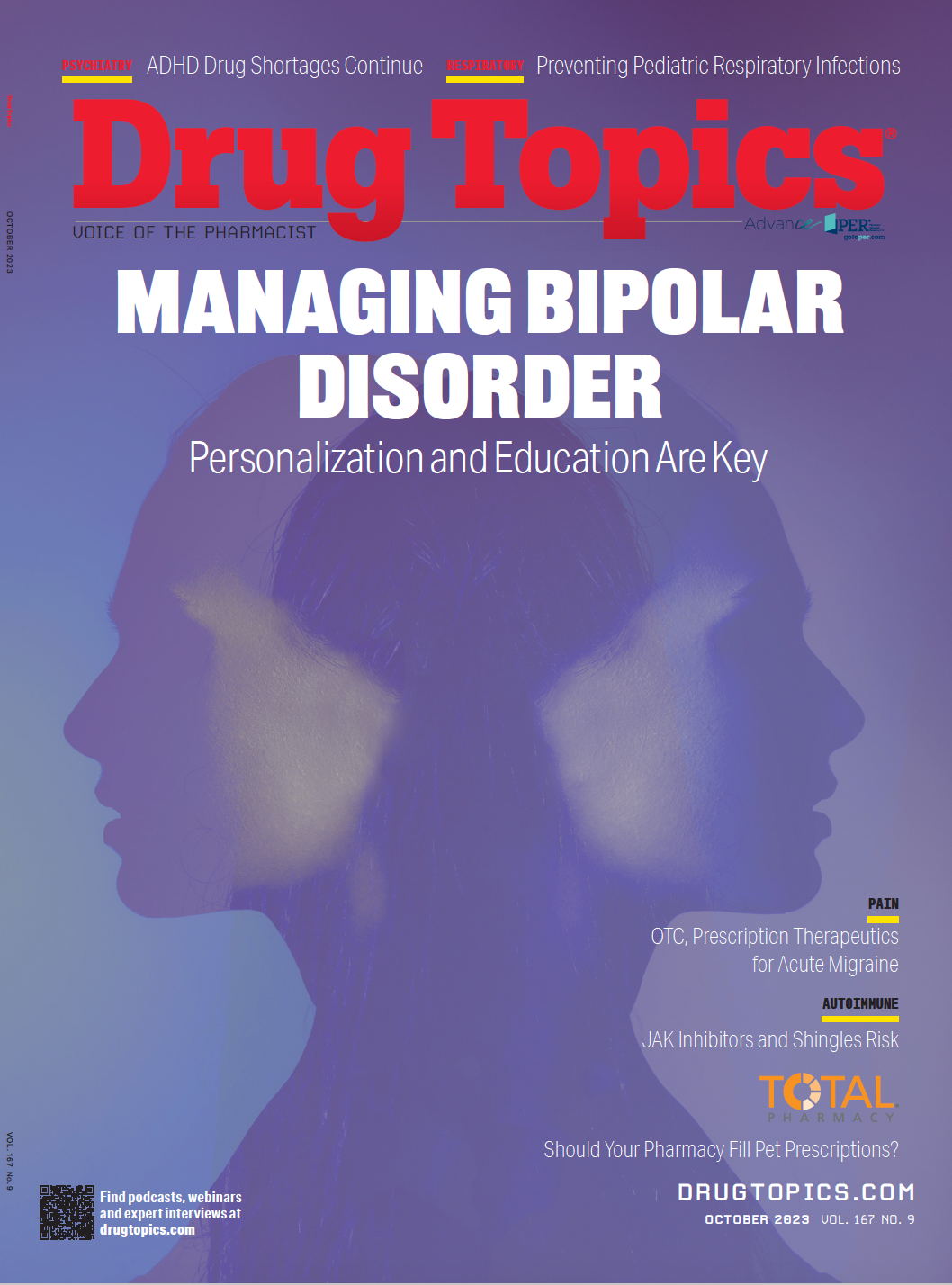Biosimilar Adoption Hinges on Support From Patients, Providers
The clinical pharmacist will play an important role as a medication expert, filling in for the role that pharmaceutical manufacturers once did in supporting patients and prescribers.
Biosimilars are expected to play a critical role in controlling drug spend. Payers and providers view biosimilars as a cost-saving opportunity. But member and provider education and acceptance will be critical to switching patients to any lower-cost option, speakers said during a session at the Pharmacy Benefit Management Institute’s annual conference in Orlando.
“We have to make sure that we are good stewards of healthcare on the biologic side,” Judith Heller, executive director, product development, CVS Health, said during a session. “The goal is to drive toward the lowest cost, but that is not just the lowest cost by unit price. It also involves the ability to move market share. And that involves member and provider acceptance of the biosimilar product. That’s why we have to look at the member as a whole and look at the different attributes of the biosimilar products to make the best decision.”
There is a huge opportunity for savings that could results from biosimilars. The U.S. biosimilar market is projected to grow from less than $10 billion in 2022 to $100 billion by 2029. Biosimilar competition does help to drive down costs — competition is expected to lower biologic prices by $38 billion in the next four years.
But it often takes time to see savings. For example, when the Remicade (infliximab) — which treats Crohn’s disease, ulcerative colitis, rheumatoid arthritis, and plaque psoriasis — biosimilar Renflexis was introduced in 2017, it was initially introduced at a premium over Remicade. A year later, Renflexis’s price dropped below Remicade and when another biosimilar (Inflecta) was introduced, the price dropped further. By October 2021, the prices all three products are similar — about half of what Remicade had sold for.
In her presentation, Heller said that so far the biosimilar market has been reimbursed primarily on the medical side. The Humira biosimilars that launched this summer are reimbursed on the pharmacy side, which she said is paradigm shift.
Humira (adalimumab) is blockbuster drug that generated 2022 sales of more than $18.6 billion in the United States. It is used to treat several immune conditions, including rheumatoid arthritis, juvenile idiopathic arthritis, psoriatic arthritis, psoriasis, ulcerative colitis, Crohn’s disease, uveitis, and hidradenitis suppurative. It has a wholesale acquisition cost of $6,922 for a four-week supply.
There are now eight Humira biosimilars on the market, with differing product features and different pricing options.
The biologic innovators, Heller said, created value from an educational perspective with patients, providers and their ancillary staff. “They provided significant value to the practicing community,” she said. “That is going to be reduced now with biosimilar competitive.”
She said there are questions now about how that gap will be filled and who will provide the support that patients and physicians need as biosimilars move into the market.
Providers and patients are sometime hesitant to switch to biosimilar therapies and providing support will be key, she said. oncologists are concerned about the patient, including the costs to the patient and the disruption biosimilars can cause as well as the long-term, real-world evidence. And while rheumatologists are more comfortable with biosimilars, they are also concerned about costs, coverage by payers and clinical evidence.
There is an opportunity, Heller said, to help educate prescribers and support the use of biosimilars. The clinical pharmacist, she said, will play an important role as a medication expert, filling in for the role that pharmaceutical manufacturers once did in supporting patients and prescribers. Another important role is the nurse, who can provide patients with support on medication administration.
With regard to the recently launched Humira biosimilars, Heller said there are lot of factors that need to be considered when deciding coverage. “Product attributes, such as high and low concentration and whether a product is citrate-free, will be just as important as price,” she said.
And while one just the Humira biosimilars has an interchangeable approval — Cyltezo from Boehringer Ingelheim — Jennifer Bartley, lead director product development, CVS Health, said that is not necessarily a barrier for adoption. “It's more of a tiebreaker if everything else is equal,” she said during the session.
What is more likely to be a barrier for adoption of the Humira biosimilars, Bartley said, are the products that are not citrate-free, which is less likely to cause stinging when injected. Although Humira has several versions on the market, 85% of its market share is for a high concentration and citrate-free version.
This article originally appeared on Managed Healthcare Executive.
